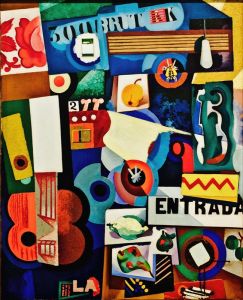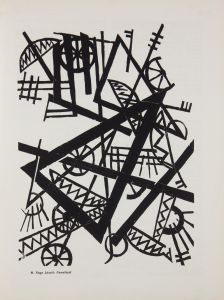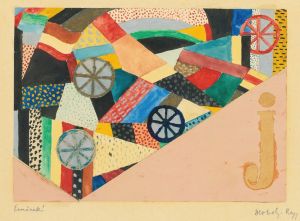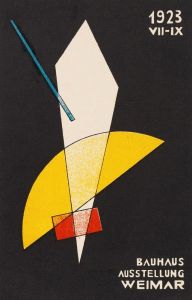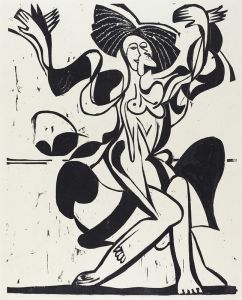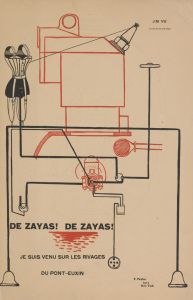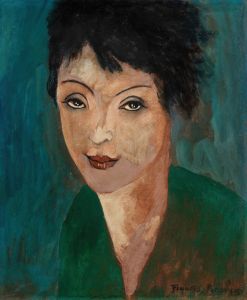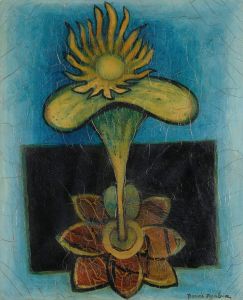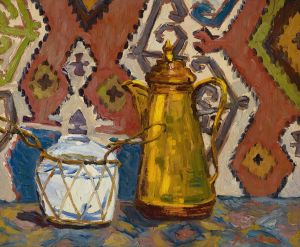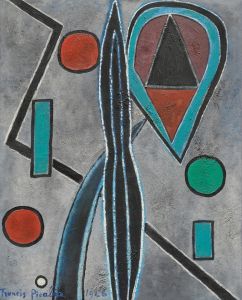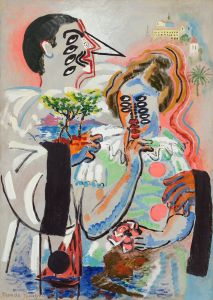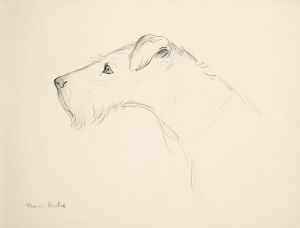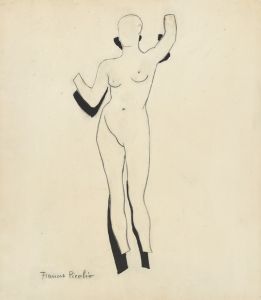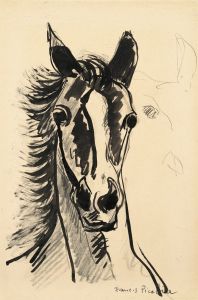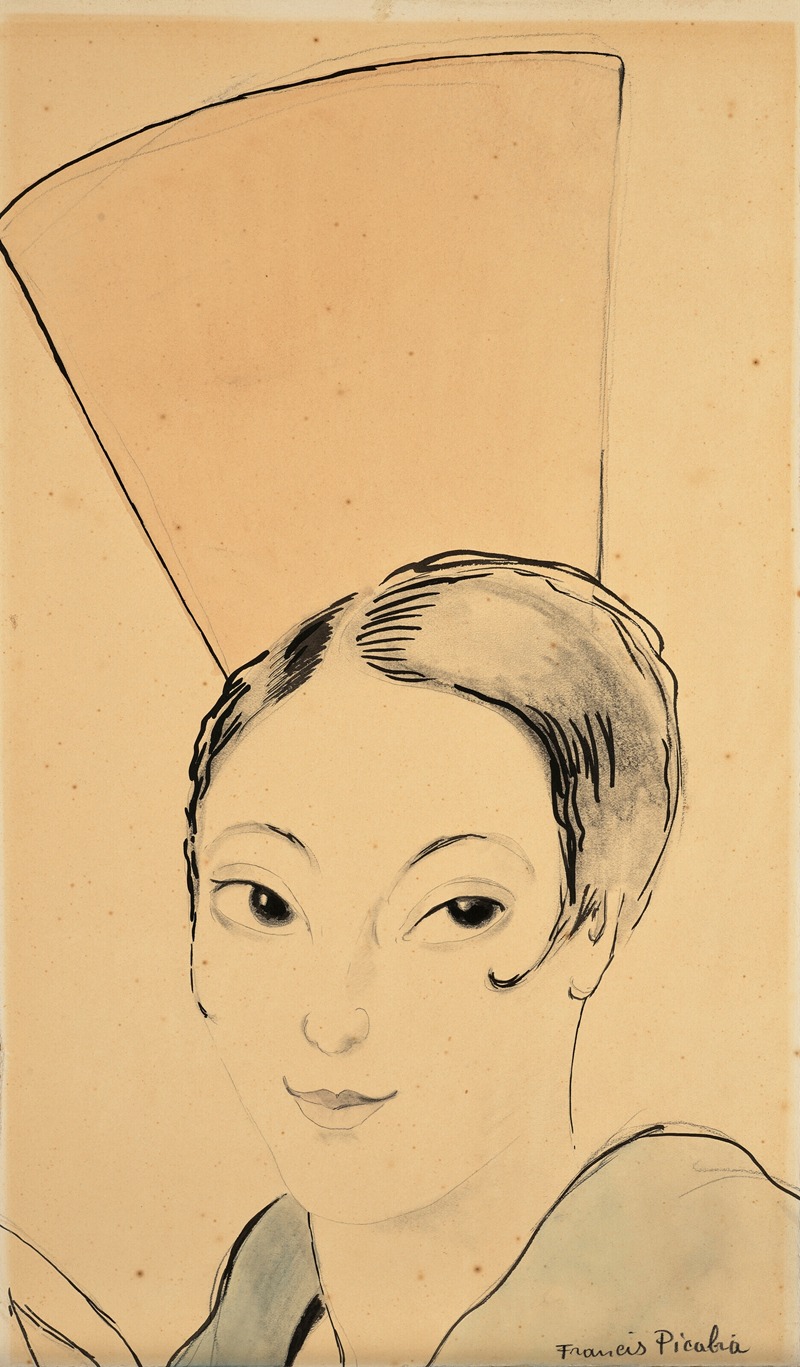
Sans titre
A hand-painted replica of Francis Picabia’s masterpiece Sans titre, meticulously crafted by professional artists to capture the true essence of the original. Each piece is created with museum-quality canvas and rare mineral pigments, carefully painted by experienced artists with delicate brushstrokes and rich, layered colors to perfectly recreate the texture of the original artwork. Unlike machine-printed reproductions, this hand-painted version brings the painting to life, infused with the artist’s emotions and skill in every stroke. Whether for personal collection or home decoration, it instantly elevates the artistic atmosphere of any space.
Francis Picabia was a French avant-garde painter, poet, and typographist, associated with a variety of art movements including Impressionism, Cubism, Abstract art, Dada, and Surrealism. His work is known for its diversity and innovation, often challenging traditional boundaries and exploring new artistic expressions. Among his many works, "Sans titre" (Untitled) is one of the pieces that reflects his experimental approach to art.
"Sans titre" by Francis Picabia is a painting that, like many of his works, defies easy categorization. Picabia was known for his eclectic style and his willingness to explore different artistic movements, often blending elements from various styles to create something entirely new. This painting, as suggested by its title, does not conform to a specific theme or subject, allowing viewers to interpret it through their own perspectives.
Picabia's career was marked by his involvement with the Dada movement, which emerged in the early 20th century as a reaction against the horrors of World War I and the perceived shallowness of traditional art. Dada artists sought to break away from conventional aesthetics and embraced chaos, absurdity, and irrationality. Picabia was a central figure in the movement, contributing to its development through his art and writings. His works from this period often featured mechanical and abstract forms, reflecting his interest in technology and the dehumanizing effects of industrialization.
"Sans titre" may exhibit some of these characteristics, as Picabia frequently incorporated mechanical imagery and abstract forms into his paintings. His use of bold colors, dynamic compositions, and unconventional materials challenged the norms of the art world and encouraged viewers to question the nature of art itself. Picabia's work often blurred the lines between painting and other forms of visual expression, such as graphic design and typography.
Throughout his career, Picabia was known for his ability to adapt and evolve, moving between different styles and movements with ease. This adaptability is evident in "Sans titre," which may draw upon elements from his earlier Impressionist and Cubist works, as well as his later experiments with Surrealism. Picabia's willingness to embrace change and explore new ideas made him a key figure in the development of modern art.
Despite the lack of specific information about "Sans titre," it is clear that the painting embodies Picabia's innovative spirit and his desire to push the boundaries of artistic expression. His work continues to be celebrated for its originality and its ability to provoke thought and discussion among viewers.
In summary, "Sans titre" by Francis Picabia is a testament to the artist's diverse and experimental approach to art. While specific details about the painting may be scarce, it is representative of Picabia's broader body of work, which challenged traditional artistic conventions and explored new forms of expression. His contributions to the Dada movement and his influence on subsequent art movements have cemented his place as a significant figure in the history of modern art.





